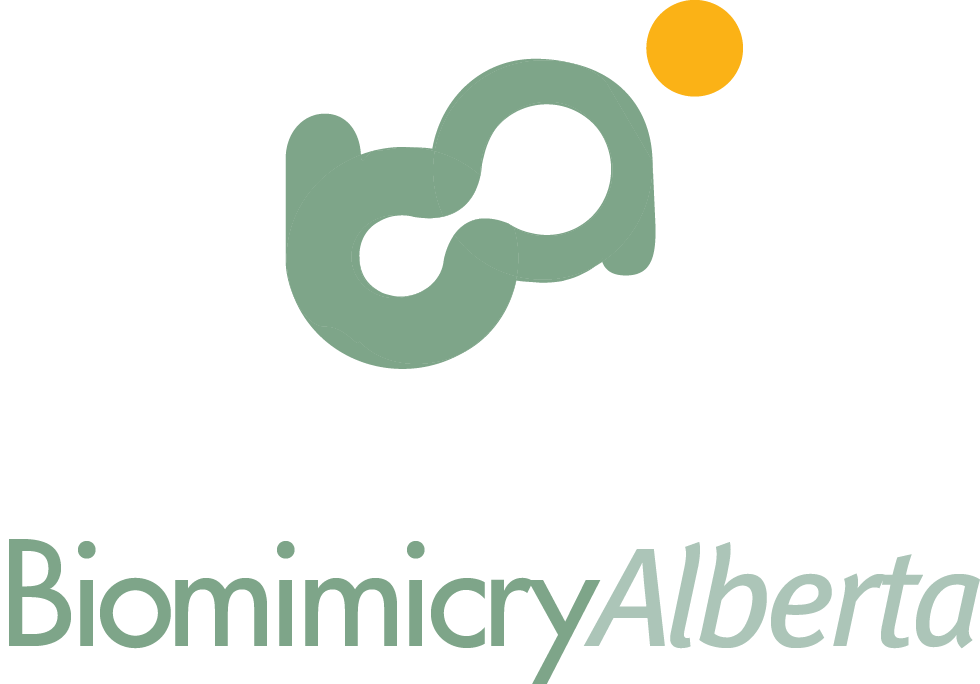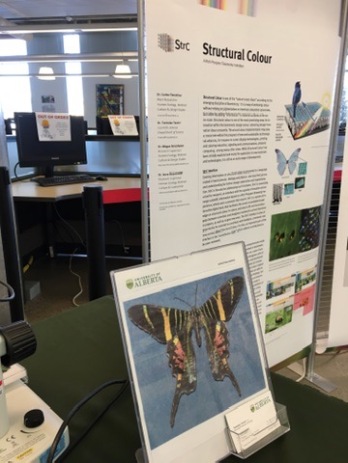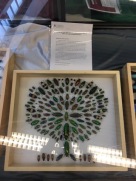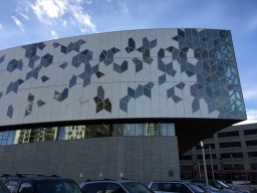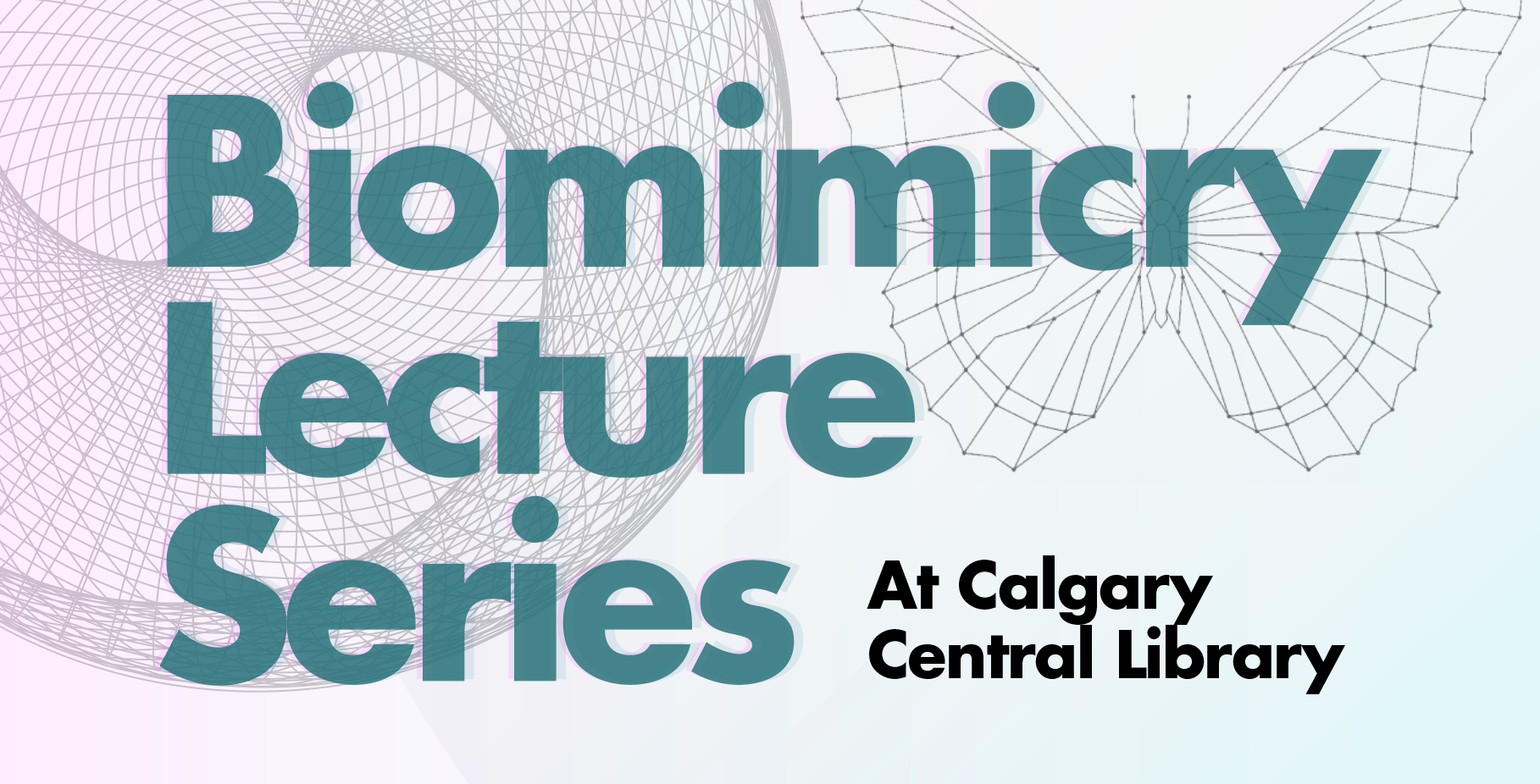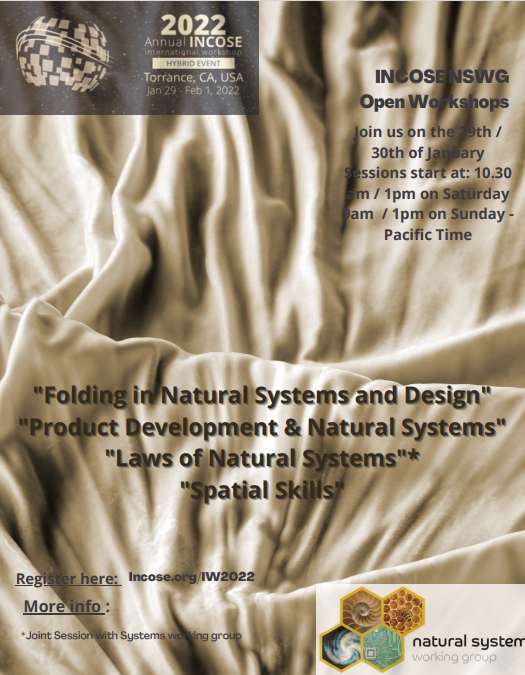
Author Archives: carlosfiorentino
Biomimicry Lecture Series: Think Like a Pro
Lecture recorded on November 27, 2020.
Biomimicry and viruses by Dr. Tom Terzin
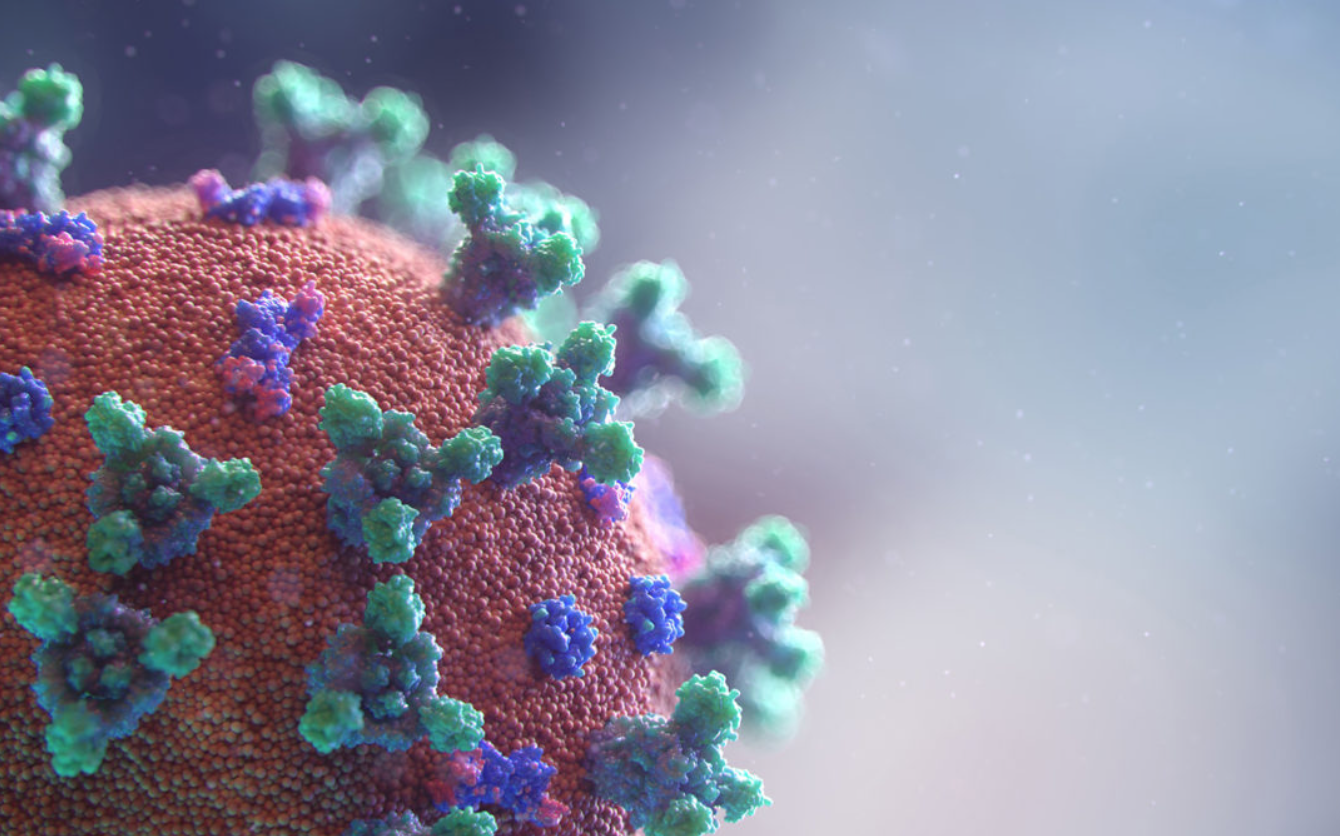
As a biologist who is also a member of the advisory board of Biomimicry Alberta, I feel called to share some words about the present situation, as well as some general ideas based on what we may learn from nature to decrease or prevent the impact of future outbreaks of viral diseases.
What is a virus? The literal translation from Latin means “poison”. For a long time it was known that some infectious diseases were caused by invisible agents. Viruses are too small to be seen under a light microscope, it was the invention of the electron microscope has allowed us to see them. There is no consensus among scientists on whether viruses are living beings or not – it is evident that all viruses have some sort of genetic material DNA or RNA (COVID19 is an RNA virus), however, viral genetic material is incapable of reproduction unless it penetrates a living cell and uses the molecular machinery of a living cell to reproduce. In a sense, viruses are obligatory molecular parasites. Not having metabolism of their own, and not being able to reproduce without help, many scientists take the position that viruses are at the border between living and non-living nature. They can influence living cells to produce more viruses, but they are not alive by themselves. Although there are several hypotheses on the origin of viruses, none of them can be scientifically proven at this time. Simply, we don’t know how viruses came to be. What we know is that today, science can modify natural viruses and even design new ones, that being said, there is no scientific evidence for the artificial origin of COVID19 – the infection is here and the most important thing we can do is to fight it.
Every virus has specific genetic material, either DNA or RNA, and we can create specific tests for detection and early diagnostics. These tests are based on PCR (Polymerase Chain Reaction) technology that is used to rapidly amplify genes in a test tube within 2-3 hours and identify the presence or absence of a virus within the sample. In order for this technology to work, the DNA or RNA sequence of a particular virus have to be known and using this, DNA probes or primers are synthesised artificially. These probes recognise viral genetic material in the sample and specifically amplify only the viral sequence. The specificity of viral genetic material allows for the specificity of the test, however, the primers must be designed in a way to prevent non-specific amplification which would recognise more than one viral species and result in false positive outcome of the test. The number of false positive results also depends on the quality of training and the conditions within each laboratory that performs these tests, since cross contamination is generally the main problem. PCR is an extremely sensitive technology and cross contamination of the sample with just a single molecule can result in the amplification of DNA and false positive result. Due to the urgency of the situation, there is not much transparency on how specific the tests for COVID19 are and what is the ratio of false positive and false negative results.
What can BIOMIMICRY offer for the safer future of humankind? Biomimicry could, in the broadest term, be defined as a field of innovative intellectual activity which brings together science, technology, design and art, based on learning from living nature and applying the best solutions to human society.
- In nature, most species live in complex communities called ecosystems, in which there are many species, but the density of each species within the space is relatively low. This is one mechanism that helps prevents pandemic spread of diseases in nature. It is obvious that the largest centres of infective disease spread are large overcrowded cities. One option will be for people to redesign our way of life to live in decentralised self-sustainable small cities and towns.
- In nature, each organism takes care of their own food supply. Animals do not go to shopping malls to get their food, neither did our ancestor a couple of centuries ago.As much as possible, all local communities should produce food to prevent supply problems resulting from economical instability and transportation disruption.
- There is scientific evidence from the past that several animal viruses passed the interspecies barrier and affected humankind through human to human spread. To prevent this, people could reduce consumption of animal-based foods, particularly food that is mass produced on a large scale.Reducing the presence of pets in highly urban environments would also contribute to this solution.
- In nature, the strongest and healthies members of the species survive.We should live healthy lives with lots of physical activity, low stress, good rest, healthy plant-based nutrition, and foods low in animal proteins and sugar, to keep our natural immunity high so that we are ready to fight infections.
I would like to reinforce that I am not a virologist nor a medical scientist. My training is in the field of molecular genetics and developmental biology. As such, the views that I share are my opinion, but an opinion based on my professional knowledge and following general scientific principles of observation and experimentation.
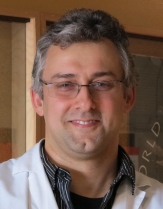 Tomislav Terzin, Ph.D, Biology
Tomislav Terzin, Ph.D, Biology
Associate Professor of Biology, Department of Science, Augustana Campus, University of Alberta
https://www.augustana.ualberta.ca/disciplines/biology/faculty.html
The StrC project on display
The ongoing StrC project initiated by Dr. Carlos Fiorentino is being displayed at the University of Alberta Augustana Campus for two months (January 30 to March 27). The exhibition was prepared by Dr. Carlos Fiorentino and Dr. Tomislav Terzin, and co-organized with Augustana Library. “Living colours” proposes a journey through structural colour to the visitors of the library. The installation offers hundreds of colourful specimens from Dr. Terzin’s entomology collection, as well as a microscope station to explore structural colours in detail, a selection of related books on the subject, and access to the StrC interface online–a taxonomic database that collects structural colour cases and scientific information intended to connect science and design innovation.
“Living Colours” StrC Exhibition at Augustana Campus Library
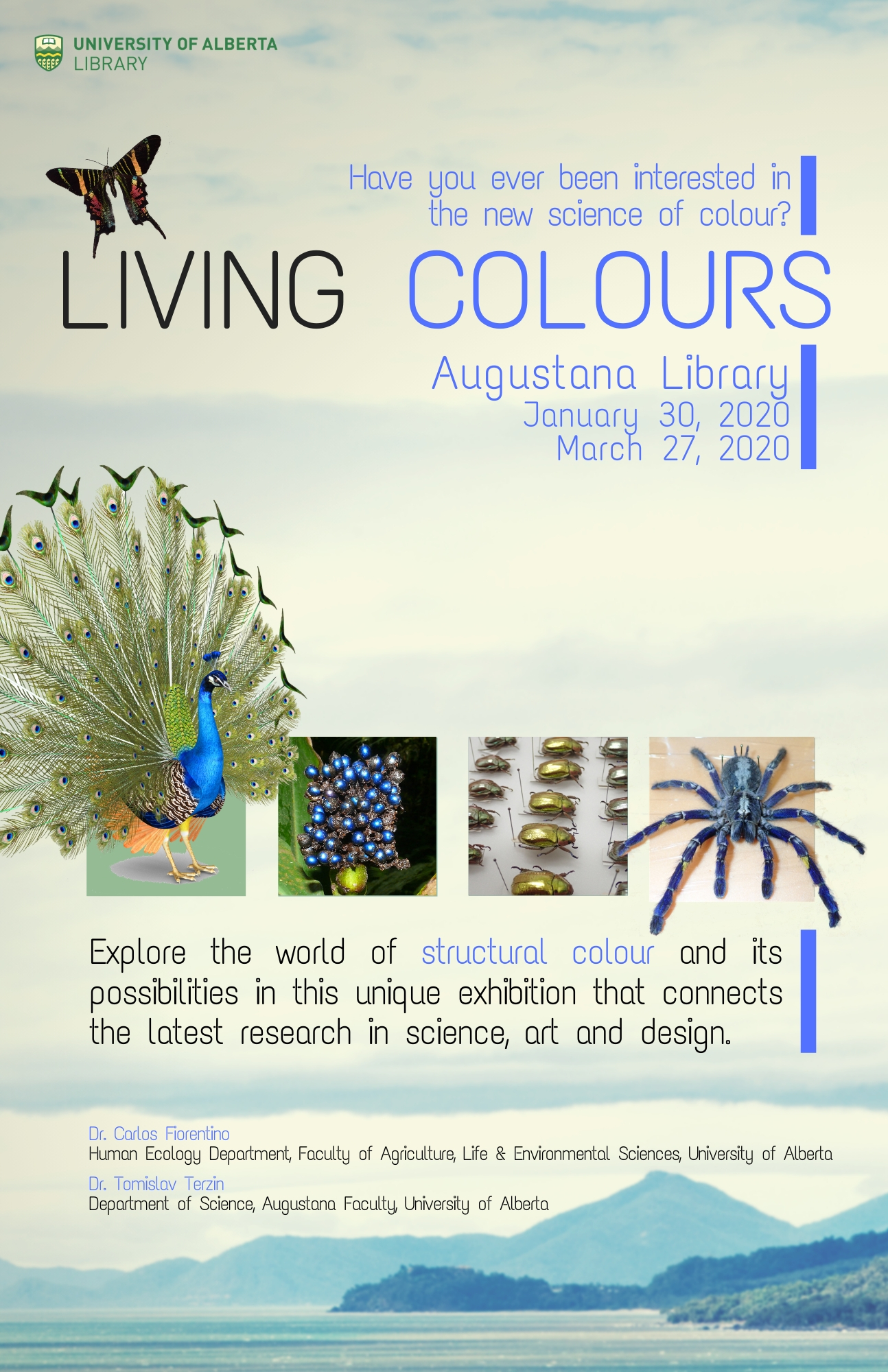
Biomimicry Lecture Series in Calgary Central Library
Biomimicry Lecture Series, Calgary 2020
January 31, 2020
Doors at 5:30 pm, Presentations start at 6:00 pm
Join us for the second presentation of the Biomimicry Lecture Series at the Calgary Central Library, Patricia A. Whelan Performance Hall.
Be inspired by stories about bees, barnacles and more, and learn how strategies used by these organisms are inspiring new technology and design solutions. Organized in partnership with the Calgary Library, Village Ice Cream, and BUILDEX Alberta.
- Moderator and Introduction: Jorge Zapote
University of Calgary | HBI · Department of Mechanical and Manufacturing Engineering - Mindi Summers – From bees to barnacles: design inspired by Alberta native bees and West Coast marine invertebrates
Dr. Mindi Summers is an invertebrate zoologist and biology education researcher at the University of Calgary.
- Dr. John Bertram – Finding bioinspiration: From dino teeth to new age ceramics
Dr. Bertram’s research involves biomechanical analysis integrating tissue, structure and systems levels. His current main focus is on determining the factors that affect movement patterns in locomotion.
- Kai Costantini – Title TBD
Kai works as a Strategic Business Consultant, partnering with regenerative and well-adapted tech ventures and other initiatives.
“Waste” by Nature available in RCA proceedings
BA retreat @ Kananaskis, Sept. 2019
First graduate course on biomimicry in Argentina

